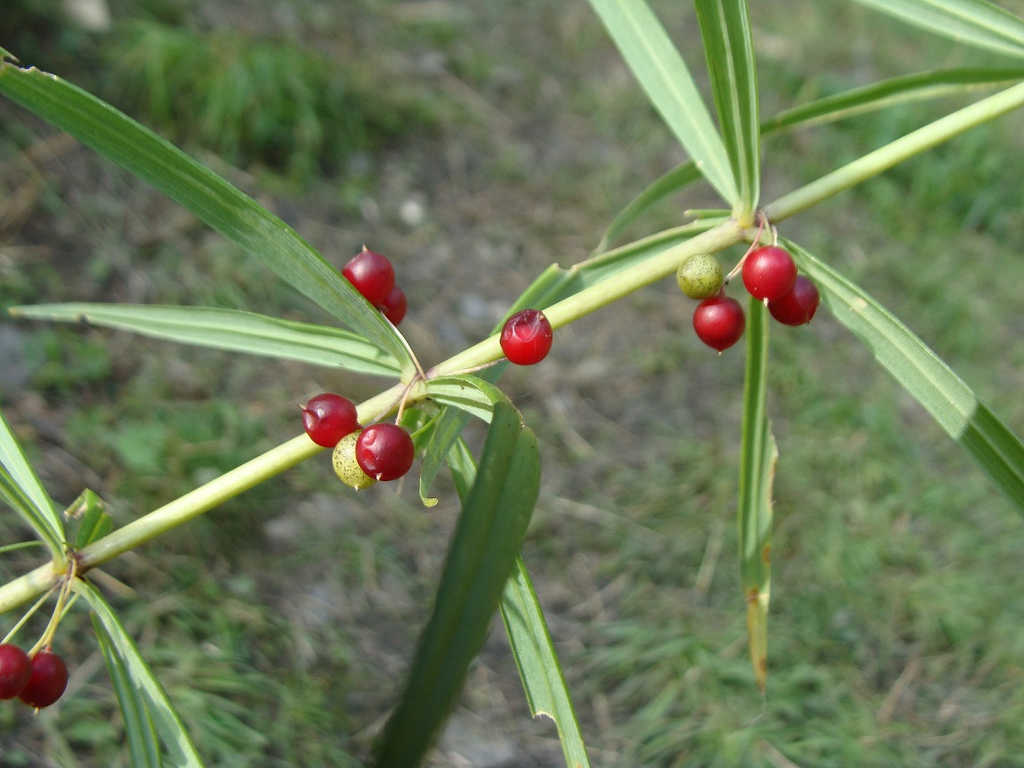
Polygonatum verticillatum (Salam- Mishri)
Polygonatum verticillatum, commonly known as Salam-Mishri, is a perennial herbaceous plant found in the temperate and alpine regions of the Great Himalayan National Park (GHNP) and other Himalayan landscapes. Known for its medicinal rhizomes and adaptability to high altitudes, Salam-Mishri is a vital component of traditional medicine systems.
Habitat and Distribution in GHNP
In GHNP, Polygonatum verticillatum is typically found:
-
In moist forests, alpine meadows, and shaded rocky slopes
-
At elevations ranging from 2,000 to 3,500 meters
-
Especially in Tirthan and Sainj valleys, where its growth is supported by cooler, humid microclimates
Botanical Description
-
Belongs to the Asparagaceae family
-
Grows up to 50–100 cm tall
-
Characterized by whorled leaves and drooping tubular flowers (white or greenish)
-
Flowers during May to July, followed by black berries
-
Spreads via thick, knotted rhizomes, which are the main source of its medicinal value
Traditional Uses and Medicinal Importance
Salam-Mishri is highly valued in Ayurveda, Unani, and Amchi systems for its tonic and restorative properties. It is used for:
-
Strengthening the nervous system
-
Treating sexual debility and general weakness
-
Aiding in digestive health
-
Supporting joint and bone health
Rhizomes are typically dried and powdered for use in herbal formulations.
| Local name | Salam- Mishri |
| Botanical name | Polygonatum verticillatum |
| Family | Liliaceae |
| Description and uses | It is an erect and sub-erect perennial herb, 60-120cm high. Flowers greenish white, on 2-3 peduncles. It is found in upper temperate forests in basu area of Tirthan Valley at an altitude of 1500-3300m. The rhizomes are considered to be one of the eight ingredients of Astavarga of Ayurveda. They are used as a tonic in several Ayurveda formulations. |
Conservation Status
Although not classified as endangered, overharvesting and habitat loss have made Polygonatum verticillatum vulnerable in certain regions. In GHNP, it is protected under biodiversity management strategies, and local communities are encouraged to use sustainable harvesting practices.



